|
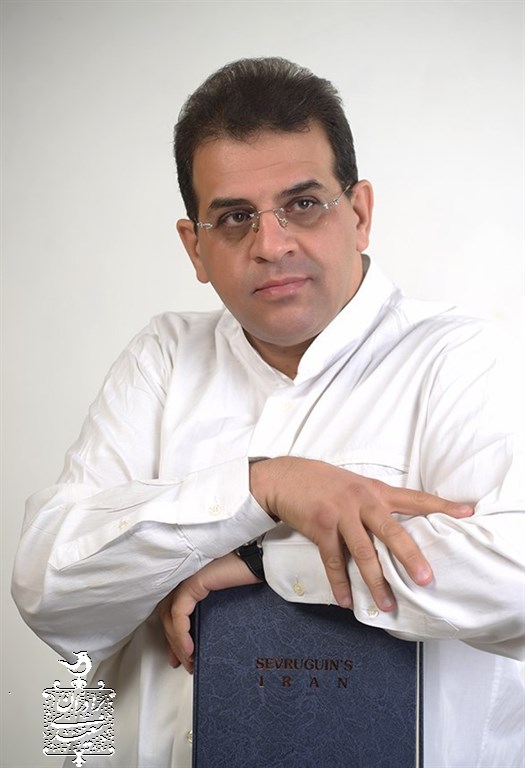
Alireza Mir Ali Naghi
Journalist and Researcher of Iranian Music History
About the Two Young voices / Ali and Mohammad Saeidi
|
The natural surroundings of Isfahan as well as favorable racial and climatic features are among the most important factors in the developing and production of human voices with high eminence. It is required to have an intrinsic voice or qualities like sound power, resonance, timbre, warmth, etc. in order to be a good singer. This time, two congruent and consonant voices are arisen out of this artistic city.
Iranian urban music, in its classical and well-known form - which unfortunately we do not yet have detailed information about - is a kind of music that relies heavily on words, and its vocal character precedes the "instrumental" character, and even the executive language of the musical instruments was dominated by poetic sentences until just a few decades ago.
Now that valuable efforts have been made to differentiate the executive language of the lyrical from non-lyrical by a number by some thoughtful musicians, the dominant form is still what is known as the main form of performance in Iranian classical music: beautiful and pleasant sentences, whether literal or non-literal, should subordinate to the structures that make up classical Persian poetry. The ever-musical nature and the first choice of musicians that is "sonnets", has given this music the characteristics that are inevitable and largely unavoidable.
It is clear that in such a culture, the beautiful human voice, mixed with beautiful and fit lyrics, is of utmost importance, and with the rise of media domination and unjust business and economic relations in today's Iranian music society, the so-called singer-dominance stream is created that its destructive consequences can be witnessed.
In its essence and nature, Iranian music does not accept such "singer-domination", and there was no such attitude as supremacy among the old singing masters. Isfahan is one of the major centers of urban music hegemony in Iran. Abdolhossein Barazadeh, Jalil Shahnaz and Hassan Kassaie were as respected as Taj Esfahani, Habib Shater Haji and Adib Khansari, and having eminent level of "art", creativity and transcendence was intended, not to classify individuals according to their specialization.
|
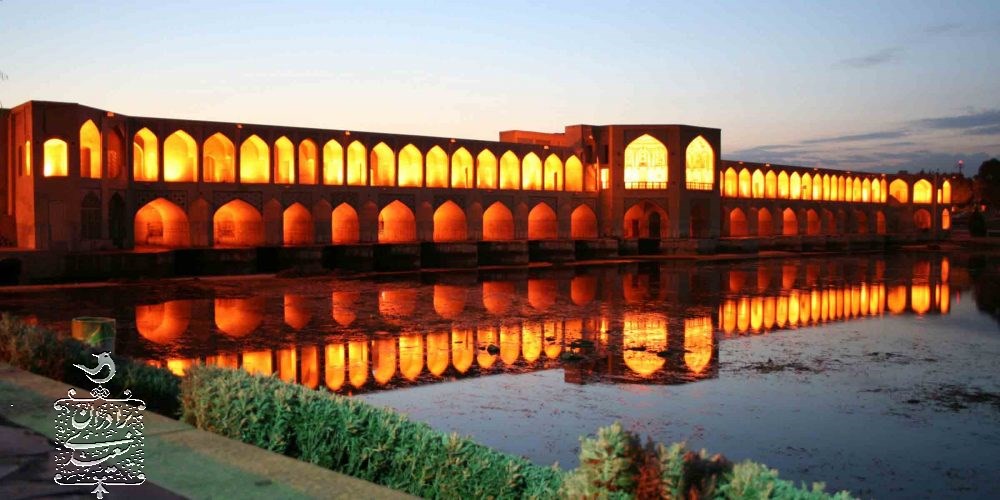
|
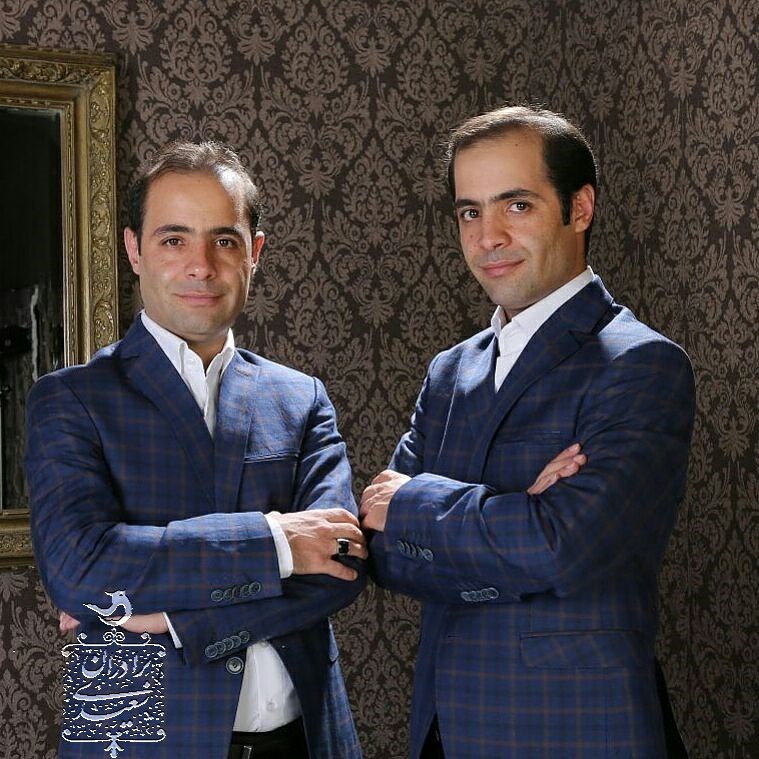
|
Isfahan has always developed prominent elites in the field of singing. The two main instruments in this city can be called “the seven-node fifes (neys) of canebrakes” and “the ney musical instruments within humans”. The two are very similar and close together. Abdul-Qadar Maraghi has said in his “Maqased al-Alhan”: "The most perfect musical instrument bis the human throat.” Other instruments, apart from ney and singing are in the next levels in Isfahan. However, for the past thirty years, capable and creative musicians have risen in Isfahan for various other instruments, such as Master Faramarz Payvar, who spent the last ten years of his useful life (before the stroke) with a keen interest in Isfahan's talented artists.
The natural surroundings of the city, with its favorable racial and climatic characteristics, are among the most important factors in raising and producing human voices with high eminence. It is required to have an intrinsic voice or qualities like sound power, resonance, timbre, warmth, etc. in order to be a good singer.
This time, out of this artistic city, two congruent and consonant voices have arisen, rooted in common and in prosperity, “the Saeidi twin brothers”, or “Saeidi’s”, known in Isfahan as the "Saeidi twins"; perhaps not to be mistaken for the familiar, with a well-known artist and from Isfahan's most revered singing artist (Mr. Taghi Saeidi). Saeidi twins, born on Oct. 30 1981, have come out of the “passion play (Ta'zieh)” environment. Environments that used to discover prominent voices until one hundred years ago in Tehran, Isfahan, Qazvin, Arak and Tabriz, becoming their place of growth and development. By the time media domination became widespread, the best singers arose from religious and mystical environments, from Iqbal al-Sultan in the last century to today’s Iraj and Golpa and Shajarian and Nazeri.
|
Saeidis have been raised and sang since childhood in Ta'zieh environments, but they have not confined themselves to it. They first began vocal training with Master Fazlullah Shahzamani, and then learned the techniques of singing with Master Mohammad Ali Kiannezhad, a renowned ney player, and masterful composer and orchestrator of traditional music. They have had the chance to work and familiar with the delicacies and important minutes of vocal music with both a vocal teacher and an intuitive musician who has mastered the instrumentation, vocalization and vocal training of orchestra singers.
The talents of the two brothers are so eminent that Master Jalil Shahnaz, who is known for his extreme exactness and rigor, praised and encouraged them. The video of this historic visit is now available. The brothers have also had the great opportunity to sing the immortal works of Master Abdul Hussein Barazandeh, sometimes with lyrics different from the original. Performing classical works that have a heavy character is an opportunity that is both prideful and difficult, and guarantees the artistic future if a young singer succeeds. I don't know if the album was released or not.
The voice of the Saeidi brothers, sometimes together and sometimes alone, reveals an inherent essence and special abilities. Part of the ability is undoubtedly related to the peak years of youth, and if cultural education does not support the voice, that prominent and clear voice will not have a lasting effect, like the one that Iraj brought to his own voice in the 1960s and 1970s decades and that voice admired by the Khaleghi and Banan served for vulgar attitudes. Also, that talented singer who was originally imitating Iraj, later proved that he did not even deserve to imitate. Preserving cultural pride and social prudence is something other than a good voice and one hundred good things that must be accepted by anyone.
Aside from the grace and power of sound, having a talent for fine-tuned singing (a specialty of people from Isfahan) and maintaining good lyrics, and knowing the trick of mixing words and music, the vocabulary of the song, the variety of writing, and the proficient hearing that create tuned and correct sounds are all among the factors that transform a good singer to a lasting reader. Most of these attributes are generally seen by the Saeidi brothers, and they are committed to striving to promote these attributes in a more honored way for any Iranian singer in Isfahan style of singing.
For many of those who listen to them and are among their fans, the appeal of the two brothers is that there is no direct or indirect imitation of zero or fifty or one hundred percent of the great singers.
|
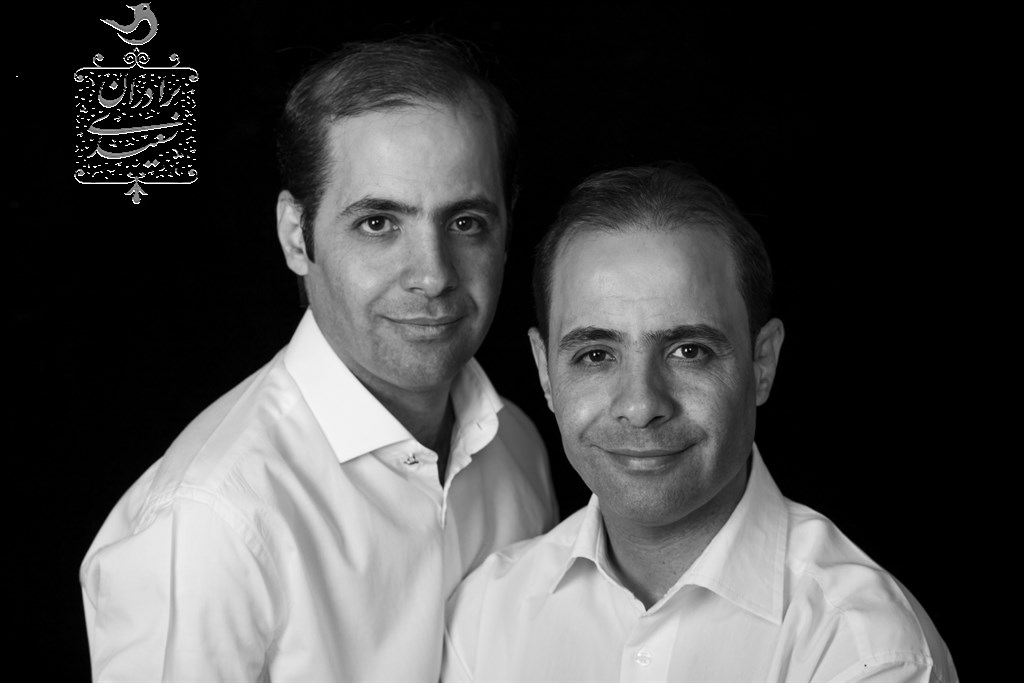
|
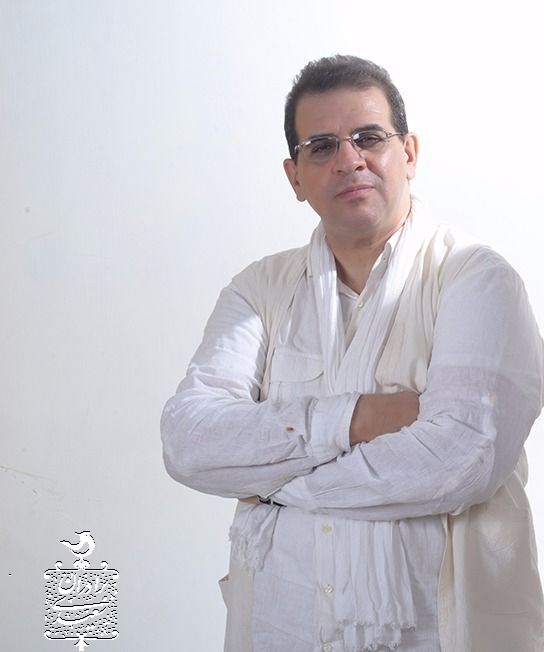
|
Copying the great singers’ voices has become so extensive that has made the students of these masters complain, and is in no way approved by art and artists. No copy is equal to the original, even if a child, such as Homayoun has come from the same roots and pedigree by inheritance; and no doubt that Homayoun will find its own personal and exclusive domain of voice and singing while belonging to its noble roots and past generations, as it is quite evident by now. As for Saeidi’s, the situation is different. Isfahan's vocal field, of course, has its own masters, from Taj Esfahani to artists who preserve their individuality, while perform their masters’ styles with great ability. Art undoubtedly begins with imitation, transcends it, and builds upon its innovations and exertions.
Unfortunately, few works have been officially released since the two expressive voices came together. Music cannot represent the artist to the public until it is widely publicized. The album "Silent Citadel" released a few years ago could have been a good introduction to the art of these two brothers and the masterful arrangement of Mr. Amir Eslami, but it was not well recognized for the cultural reasons in our today’s community. Singing in the ending songs of film serials is also not a good indication of the voice. Talents must be grounded in their climate authenticity and supported in order to create lasting masterpieces. Now, these two expressive voices of Iranian music have been able to continue their professional career with the support of IRIB/Isfahan Center. Many Iranian music lovers first started out of this magic box, they did not limit themselves in it and did not become “music workers”, but became “music artists”.
There are still a lot to be revealed.
National and international concerts, success in Isfahan and Tehran IRIB Centers, acclaimed by the masters of yesterday and today, collaborating with remarkable masters such as Amir Eslami and Sattar Houshyari give us a prominent tribute that no other brother in Iranian music has ever given. They haven't arrived. These two expressive voices are as a paired voice with two distinct sounds, while having the same roots. They will surely be the leading singers, if there is an honor for the future of Isfahan's singing.
|






